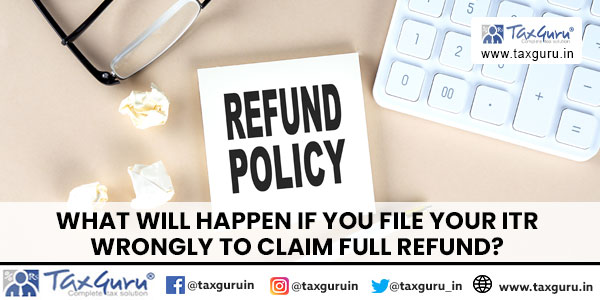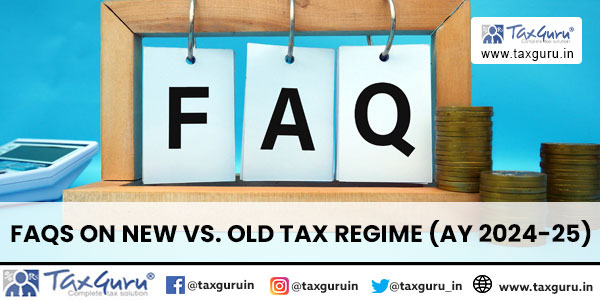There is a lot of confusion and the process of availing the restricted input tax credit in the industry. Keeping in view of all these, CBIC has issued Circular No. 123/42/2019– GST dated 11th Nov 2019 to clarify pointers regarding availing of the restricted input tax credit by the traders. Though the circular clarifies most of the points, there are still a couple of points on which clarity is required.
Points clarified in the Circular No. 123/42/2019– GST are
1. Restrictions on 20% input tax credit is applicable for availing input tax credit after 9th Oct 2019, thereby meaning it is applicable for the filing of the return for Sep 2019 also.
2. Restriction of 20% is applicable only for the invoices, debit notes and credit notes reflected in GSTR – 2A
3. Restriction of 20% is not applicable on the IGST paid on imports, ISD transfer, etc., which are not part of the GSTR – 2A
4. Restriction is not applicable supplier wise but on the total eligible credit. Ineligible credits have to be deducted from the available credit from GSTR – 2A
5. If the total amount of restricted credit of 20% is more than the eligible credit, then it is restricted to the eligible amount only.
6. The taxpayer can take the differential amount of input tax credit where the suppliers have filed the returns in the subsequent tax periods
Points which require clarification are
a)The amount of restricted credit claimed during the month is for which tax? Is it to be considered separately for CGST, SGST, and IGST or the sum of all the taxes?
b)What would be the treatment if the taxpayer has claimed for IGST only, and the suppliers have filed returns on which CGST +SGST is available?
c)Ineligible credit in case of the same supplies used for the taxable and exempted supplies will be known at a later period, in such a case who to determine the eligible credit.
As per the author’s interpretation, it is based on each tax and not the total input tax credit available in GSTR – 2A as the said notification is issued concerning CGST Rules. The third point definitely needs some clarification based on the wording used in the circular “The credit available under sub-rule (4) of rule 36 is linked to total eligible credit from all suppliers against all supplies whose details have been uploaded by the suppliers. Further, the calculation would be based on only those invoices which are otherwise eligible for ITC. Accordingly, those invoices on which ITC is not available under any of the provision (say under sub-section (5) of section 17) would not be considered for calculating 20 per cent. of the eligible credit available.”
Mr. CMA Mallikarjun Gupta – Chief Taxologist, Logo Infosoft says, “The taxpayers have to do a cost-benefit analysis after considering all the scenarios, the amount of additional investment involved for claiming the restricted input tax credit as it involves changes in the accounting systems and keeping track of the same. Even if the taxpayers decide not to go for the availing restricted 20% credit, still they have to change the accounting practice for availing input tax credit. Embracing technology will help the taxpayers to overcome the challenges of maintaining the reconciliations manually and also keeping track of it from time to time and update it. Whatever the decision the taxpayers have to take, they have to take it at the earliest as the clock is ticking, and the due date for filing of GSTR – 3B for Oct 2019 is approaching fast. “

























